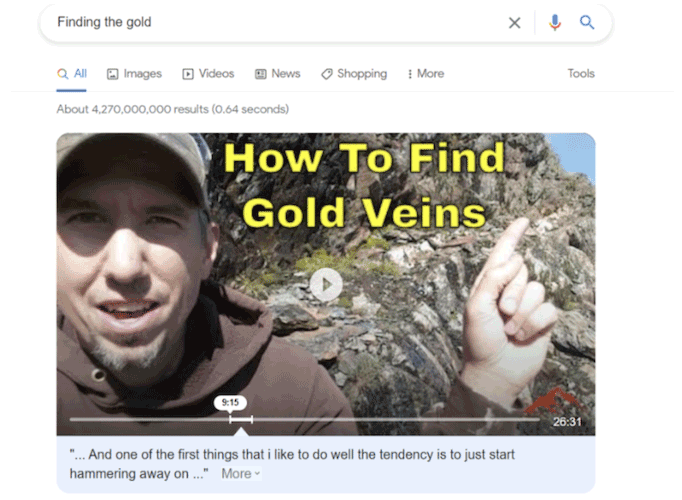why knowledge management is really people leadership

In the beginning there was a definition. Before we talk about the challenges associated with Knowledge Management, and how to solve some of them, let’s formalize the different parts of the “Knowledge Management” 2-words duo.
What is knowledge?
Often overlooked and taken for granted, Knowledge is the basis of every productive human process.
Now, “productive” often is thought about as producing some tangible product. But it is really not. Productive is not synonymous with manufacturing. Mind you, even a customer service representative, answering the usual “why my bill is so high” question, needs to produce answers in a manner that will keep her interlocutor happy.
Second, Knowledge definitely is essential for “knowledge workers” – those whose raw material and final product is knowledge, like scientists, programmers, or lawyers. But these form only one self-evident example. In reality, any person doing any job needs some amount of knowledge to do her job. It might be the amount that varies between professions.
Let’s add the “Management” part in. The word is great – it allows some people to finally become a manager. But luckily, managing knowledge does not resemble managing people. According to “Essentials of Knowledge Management” by Bryan Bergeron (2003, Wiley & Sons):
Knowledge Management (KM) is a deliberate, systematic business optimization strategy that selects, distills, stores, organizes, packages, and communicates information essential to the business of a company in a manner that improves employee performance and corporate competitiveness.
(And just like that, we got ourselves an acronym, too: KM).
Bergeron goes on to describe the process of managing knowledge, which is comprised of several interrelated activities:
- Creation: create or acquire the knowledge
- Modification: change the knowledge if needed
- Use: what good is knowledge if not used?
- Store: make sure knowledge is safely archived
- Distribute: allow knowledge to get to the ones who needs it
- Repurpose: if needed, change the format of the knowledge so that it could be used for other purposes
As you read this, I’m sure you think of examples for the different activities. It’s easy to think about it in the context of, say, documenting a process in a manufacturing facility – acquiring the knowledge, modifying it, distributing it and so on. However, how about a marketing company? What does its knowledge management processes look like?
Knowledge is not documentation

As a business, your main asset is knowledge. That might be a great catch phrase, kind of those inspirational quotes some managers like to hang on the walls of the office – like “if you can dream it, you can do it” (by the way: that’s simply not true).
But really, in many many (many) organizations, knowledge is simply the main thing they produced. Take a software company. The code lines developers write are knowledge. As a new employee, your best bet at understanding what is going on is to just read the code. At a law firm, the past contracts and data rooms are where every lawyer spends time finding the right clauses and ideas. Even a marketing agency has past designs, videos and write-ups its workers created and should reuse.
Now you can understand why, when said that probably we should have added one more “many” when we said that in many many organizations knowledge is the main thing that they produce.
The problem is that many knowledge managers confuse knowledge with documentation. They believe that the activities described above – creating, maintaining, storing and so on – are actually steps in a separate process that should be initiated, marketed and sold throughout the organization.
They think that in order to excel as a knowledge manager, they should either do it themselves or motivate employees to help them in that process. What would be the next step then, if you hold such a belief? Just go out and buy a nice authoring software, spend a lot of time on ruminating how to categorize the different subject matters and discuss the right approach to organizing the material in a beautiful hierarchy. The finished system is indeed something one can take pride in, but hey, is that Knowledge Management?
Well, no. This process could be great in order to create structured courses and e-learning sessions – for either customers or employees. The organization, the hierarchy, the on-going theme – all lend themselves as a great way to explain and teach newly arrived employees and newly acquired customers. That’s why many knowledge management departments are overseeing e-learning activities.
Knowledge is not writing
Knowledge management is not about writing documentation, nor about harassing fellow employees to do it. Yes, good writing always goes a long way to explain concepts and ideas, but it should not be an external activity. It is a major part of the job.
Great knowledge managers know they should be doing two things.
One, they should educate. They talk with everyone in the organization – from executives to team leaders to employees. They carry the message of knowledge – and for each department, knowledge management is different.
For example, dev teams need to tidy up their code, use remarks for explanations (or not – just use super lengthy variable names) – and add supporting articles and diagrams.
By the way, diagrams and flowcharts are often confused with design documents. They are not the same. The documentation should be done on the finished product – the design phase was just one step towards that. When the product is finished, that’s usually when the engineers know how it works. As Yogi Berra said, prediction is really hard, especially about the future. For knowledge management, developers should explain what they did, not what they plan to do.
So knowledge managers should work with every department manager and team leader and design a knowledge management plan. For some teams, it could be a part of the review process. For others, a point person whose job is to make sure every piece of knowledge is correctly created, saved and organized.

That’s why knowledge management should be like parenting. Parents don’t need to live their kids’ life. They need to make their children comfortable, safe, loved – and let them do the growing-up. Similarly, the knowledge manager’s (in fact, any manager’s) task is to create a safe environment, educate, teach and remove any obstacles that can harm the process.
Finding the gold

The second important task of great knowledge managers is creating a good way to find the gold. They should make sure knowledge is accessible. What good is a good design the company made two years ago, if no one knows about it? If no one can find it?
For example, one of the most important tools of any software developer is the Ctrl-Shift-F – searching in the project’s source files to understand the flow of data. But developers have an easy way: different variable names mean they have different purposes, even if in English they mean the same thing. lowestProfitForYear and yearSmallestProfit are not the same! They may contain different information and belong to different flows.
However, when it comes to searching documents and free text, there’s a big problem – how would you search for a meaning? The simple Ctrl-F, or even its older brother Ctrl-Shift-F, wouldn’t do anymore.
That’s actually one of the main reasons why organizational knowledge management has been somewhat of a black sheep. People spent enormous amounts of time looking for stuff – an old email, a past contract, an answer inside a folder structure of technical documents – sometimes to no avail. Most of them would not complain, trying not to hurt anyone’s feelings, but they would refrain from the same painful process.
That is only one example of obstacles users face. More and more knowledge is stored in videos, as people prefer to learn from another person, even if it’s just a recording of another person. So video has become the go-to media for creating tutorials and training courses.
And how do you find an answer in a video? Say the search engine did bring you a link to the right video. How many minutes would you need to watch until you find it?
Luckily, recent research in Artificial Intelligence has brought in a new breed of search engines. You can see it first in Google – if you search, for example, “controlling light in canon EOS” you’ll find that Google brings you an answer for “How to adjust Shutter, Aperture & ISO on a Canon EOS DSLR”. None of the words, except for the model name are the same, but that’s exactly what you needed to get the right answer! In other cases, Google provides links to exactly the right position in the YouTube video with the answer. For example:

Due to the deep chasm between the pretty amazing performance of Google, and the broken promises of search engine vendors, IT managers have somewhat lost interest in trying to improve their internal search engine performance. That means users are left with a terrible search experience – which they also know wouldn’t work. What do they do? They leave the company website, search using Google and then go back through the links it gave them! How terrible is that?
Actually, there are a few vendors that are starting to deliver on that promise. Using AI and other technologies, their search engine yields Google-level results. Korra, the company I’ve co-founded, is one. And there are others too – each one with its unique characteristics and strong points.
To summarize, we contend that great knowledge managers do two main things: one, they promote good knowledge sharing. Second, they make knowledge accessible.
Go out there and start with these two things. You’ll soon discover that good things will follow. And we will follow suit on the next steps, in more articles to come. Cheers!
